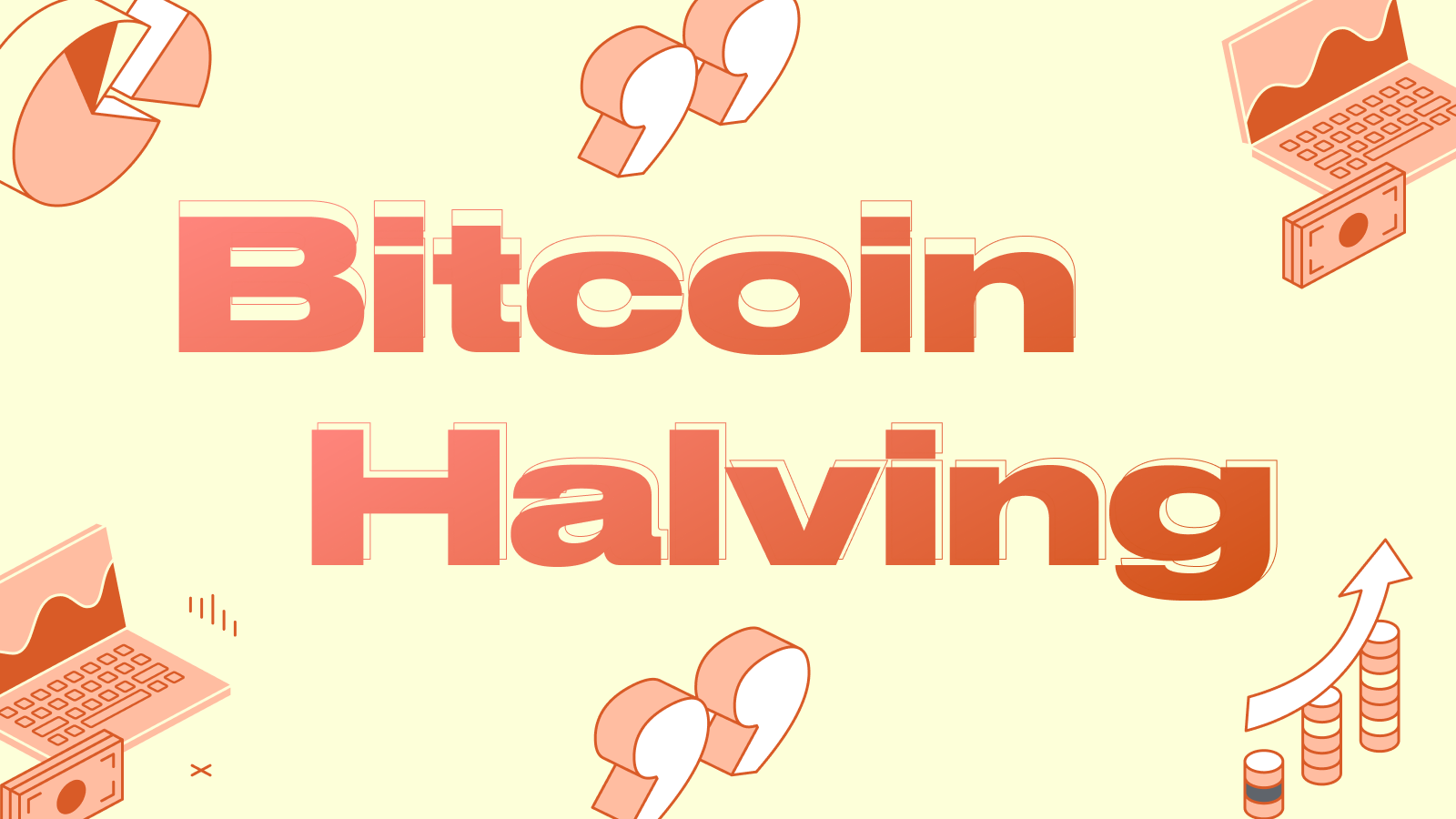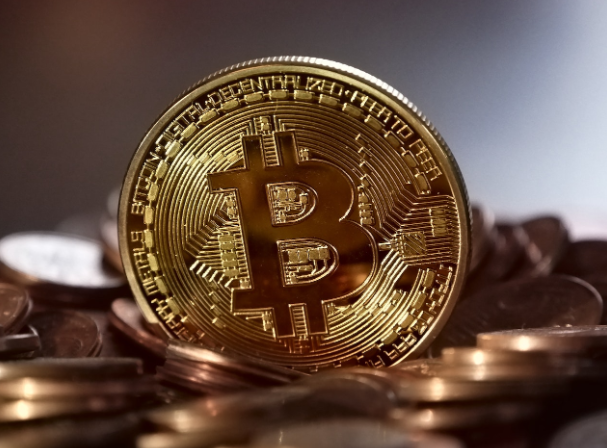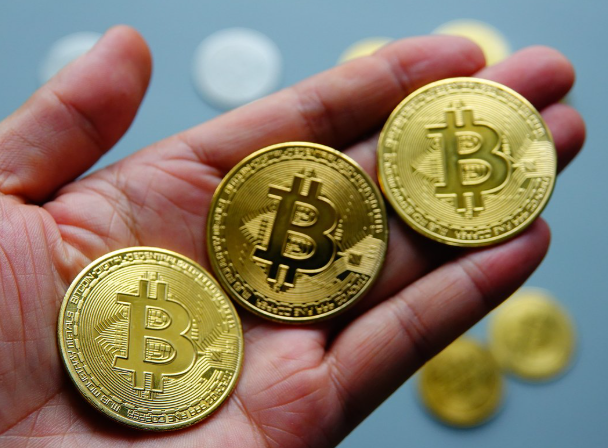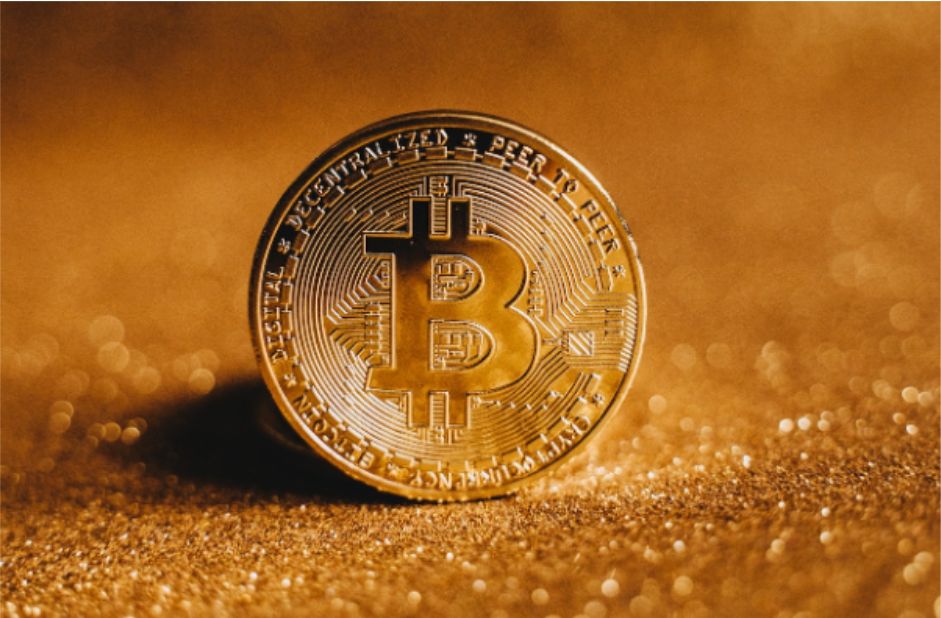What Is the Bitcoin Halving? A Complete Guide

Bitcoin Halving Explained
The Bitcoin halving is one of the most critical events in the world's largest cryptocurrency ecosystem. Approximately every four years, the reward for mining a new block on the blockchain is cut in half. This built-in mechanism makes the issuance of new coins predictable, limits the total supply to 21 million, and reduces the network's inflation rate. For investors and traders, it is a crucial signal that influences price dynamics, long-term value growth, and Bitcoin mining strategies.
What Is the Bitcoin Halving?
The Bitcoin halving is a pre-programmed event in the Bitcoin network that occurs roughly every four years. At the moment of the halving, the reward given to miners for each mined block is reduced by 50%. This mechanism, embedded in the protocol, controls the issuance of new coins, making the total supply of Bitcoin finite and increasingly scarce over time.

Each new block on the blockchain is created through mining. Thousands of miners simultaneously solve complex cryptographic puzzles. The first one to find the solution gets to add the block to the chain and claim the reward. After a halving, this reward is cut in half, but the process remains the same—miners continue to validate transactions and start the next "block race."
This reduction in issuance does not affect already mined coins but limits the flow of new ones. Historically, this has supported the long-term price appreciation of Bitcoin. That is why the halving is considered a cornerstone economic mechanism of the entire cryptocurrency.
Why Is the Bitcoin Halving So Important?
The halving directly impacts Bitcoin's economy because it reduces the number of new coins entering the market daily. With stable or growing demand, this supply reduction increases the likelihood of a price increase. This is a stark contrast to fiat currencies, which lose purchasing power over time due to inflation. For instance, in the 1960s, 10 cents could buy a can of Coke; today, that same amount won't even buy a piece of gum.
But scarcity is just one aspect of the halving's importance. The event triggers a range of effects:
-
Increased Investor Interest: Each reward reduction becomes a major news event for media and influencers. Headlines like "The next Bitcoin halving is approaching" stimulate interest from an audience that may not have previously considered cryptocurrency as an investment.
-
Enhanced Market Liquidity: A new wave of buyers and traders generates additional turnover, increasing liquidity and strengthening Bitcoin's position among other cryptocurrencies.
-
Long-Term Protocol Sustainability: The emission reduction is coded into the protocol as a way to maintain the digital asset's rarity and value over decades.
As a result, the halving is not just a technological milestone for the network but also a powerful economic and media trigger. This is why miners, investors, and analysts closely watch every new halving date.
How Does the Bitcoin Halving Work?
To understand how the halving works, it is essential to first grasp Bitcoin mining. The Bitcoin network is built on a Proof-of-Work mechanism. This means that computational work is required to verify and record transactions. Specialized computers solve cryptographic problems to confirm the authenticity of the data.

When a block of transactions is fully formed, a competition among miners begins to add it to the chain. Each network participant tries to find a hash solution. The first one to find the correct answer closes the block, receives a reward in BTC, and starts the next round. This is how the blockchain grows—a chain of blocks where each record builds on the previous one.
The halving is built into the protocol and occurs automatically. When it happens, the reward for a mined block is cut in half. For example, before the 2020 halving, a miner received 12.5 BTC. After the halving, it became 6.25 BTC. The next reduction will decrease the payout by another 50%.
This mechanic directly regulates the issuance rate. As of today, over 19 million bitcoins are in circulation, out of a maximum of 21 million. This means about 2 million coins are left to be mined, and each subsequent halving slows this process down.
Ultimately, the halving not only reduces the supply of new coins but also upholds the network's key economic principle: scarcity. This is what makes Bitcoin a unique digital currency.
How Does the Halving Affect the Price of Bitcoin?
There is no direct causal link between the halving and Bitcoin's price, but historical data shows a clear pattern. The value of Bitcoin surged by approximately 8,000% in the year following the first halving in 2012. After the 2016 halving, the price grew by almost 1,000%. The May 2020 halving preceded another bull cycle, which culminated in an all-time high of around $69,000 in November 2021.
However, many other factors still influence the market. Cryptocurrency prices often rise when the stock market is performing well. For example, the 2016 price increase coincided with the Initial Coin Offering (ICO) boom, while the 2020-2021 rally occurred alongside a major stock market surge and pandemic-related stimulus payments.

Mining economics are also significant. Analysts believe large-scale miners could face losses if the market price of Bitcoin remains below their cost of production. For example, Cantor Fitzgerald suggests that after the 2024 halving, this break-even point could be around $40,000 per coin. The growth of Bitcoin after the halving is a widely discussed topic.
Several research firms claim that the upcoming halving could lead to a price increase of at least 80%. However, skeptics argue that it would be unwise to assume the halving will be the sole driver of future growth. Macroeconomic conditions, investor sentiment, and global liquidity remain equally important factors.
What Happens to Your Bitcoins After the Halving?
You can still use your bitcoins just as you did before the halving. For the average cryptocurrency owner, nothing changes in daily life. Transaction speeds remain the same, as do network fees. The event only reduces the reward that miners receive for creating new blocks. This has an indirect impact on the overall supply of Bitcoin but does not alter your existing coins or how they function.
How Does the Bitcoin Halving Affect Miners?
After the next Bitcoin halving, the block reward for miners will be cut in half to 3.125 BTC. Some miners may decide that mining Bitcoin is no longer profitable due to rising electricity costs and equipment maintenance, as the block reward becomes less significant.
As miners earn less from new bitcoins to cover their expenses, the market is likely to become more decentralized. As some miners shut down their farms or switch to other proof-of-work cryptocurrencies with similar algorithms, Bitcoin's total hashrate might decrease. The software is designed to adjust the difficulty of verifying Bitcoin transactions to keep the block creation rate constant, so the speed at which new blocks are mined and bitcoins enter the ecosystem will not change.
The Bitcoin halving might seem like a way to reduce miners' income, but it is actually a method to control Bitcoin's inflation. Satoshi Nakamoto set strict limits on the number of bitcoins that can ever be created, unlike fiat currencies like the Euro or US Dollar, which governments can issue at any time. To prevent Bitcoin from losing value due to the arbitrary creation of new coins, there is a cap on the total supply. Additionally, the halving mechanism means the supply of new bitcoins diminishes over time. In many ways, Bitcoin is similar to rare commodities like gold or palladium. However, we can calculate and predict exactly how Bitcoin's supply will decrease and how many are left to be mined.
Should You Buy Bitcoin Before or After the Halving?
You may have heard the old saying that you shouldn't try to time the stock market. But does this apply to Bitcoin? Bitcoin is different in some ways. The halving happens approximately every four years and is planned in advance, giving investors a clear event to anticipate.
In the months and years following each halving, the price of Bitcoin has tended to rise. The reason is tied to supply and demand: when the block reward is cut in half, fewer new coins enter circulation. When something becomes harder to obtain, it usually becomes more valuable. This pattern has played out after previous halvings.
No one can say for sure that this trend will continue. Market cycles, the overall state of the economy, and investor sentiment all play a role. Many Bitcoin proponents and institutional investors believe that future halvings will continue to have a positive effect on the price. However, every investor should consider their own risk tolerance before putting money into Bitcoin, just as with any other type of investment.
Conclusion
The Bitcoin halving is more than just a technical adjustment; it is an economic model that sustains the cryptocurrency's existence. By cutting the block reward in half every four years, the protocol creates scarcity, slows inflation, and provides investors with a long-term supply curve they can follow with remarkable accuracy.
In the past, halvings have often preceded significant price increases, but future outcomes will still depend on global markets, regulation, and investor sentiment. Halvings push miners to innovate and become more efficient. For investors, they provide clear milestones to watch.
To understand Bitcoin's past and potential future, you need to be aware of the halving cycles, whether you are buying, holding, or just observing.
Frequently Asked Questions (FAQ)
When was the last Bitcoin halving?
The most recent halving occurred in April 2024. The block reward was reduced from 6.25 BTC to 3.125 BTC. The halving before that was in May 2020.
How did the 2024 halving affect the Bitcoin price?
The April 2024 halving was anticipated for months. In the period leading up to it, Bitcoin reached new all-time highs. Post-halving, the price has shown volatility, which is typical as the market adjusts to the new supply rate.
What is a blockchain?
A blockchain is a decentralized, distributed, and immutable digital ledger. It consists of a chain of blocks, where each block contains a list of transactions. Each block is cryptographically linked to the previous one, ensuring the integrity of the data.
How many more Bitcoin halvings will there be?
Halvings will continue until the maximum supply of 21 million bitcoins has been mined. This is expected to happen around the year 2140. There will be a total of 32 halving events.
What will happen during the final Bitcoin halving?
After the final halving, no new bitcoins will be created. Miners will then be compensated solely through transaction fees paid by users to have their transactions included in a block. This will transition the network's security model from block rewards to transaction fees.
Want to learn more about crypto arbitrage?
Get a subscription and access the best tool on the market for arbitrage on Spot, Futures, CEX, and DEX exchanges.





